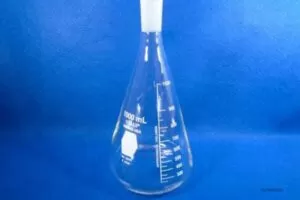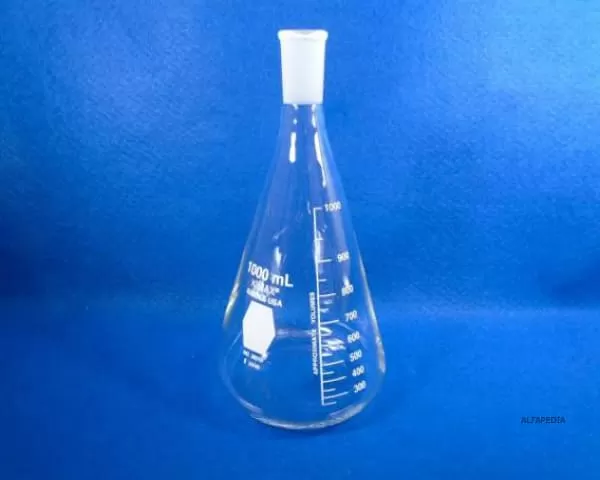How to Use the Drilling Flask ?
In science, experiments are often conducted to investigate ideas. To do these investigations, scientists use various tools for experimentation. Basic research equipment includes tools that can be used to measure length, mass, and volume. One of the most basic pieces of equipment used in volume measurement is the volumetric flask.
The volumetric flask is used to measure precise volumes of liquid materials for laboratory experiments. They are preferred when available because they are more accurate than graduated cylinders and beakers, which are other equipment used to measure liquids. Volumetric flasks are important when accuracy is a factor in the outcome of the experiment.
A volumetric flask is a piece of laboratory glass used to prepare and measure chemical solutions. It is used to create a solution at a known volume. Volumetric flasks measure volumes much more accurately than beakers and Erlenmeyer flasks. A volumetric flask is characterized by a bulb and a long neck. Most volumetric flasks have flat bottoms so that they can be placed on a laboratory bench or other surface, although some volumetric flasks have rounded bottoms and must be handled with special protective equipment.
Steps for Using a Volumetric Flask
- Start by selecting the right size flask for your procedure.
- Calculate and measure the mass of solid material needed to prepare the desired solution.
- Then, transfer the material into the flask, using a funnel to ensure that no material is lost during transfer.
- Rinse the sides of the funnel with your solvent (e.g. water for aqueous solutions) in the flask to capture any residual material adhering to the funnel.
- Then, fill the flask halfway with your solvent, cover the flask and twist to dissolve the solid material in solution.
- Once the solid material is dissolved, fill the flask with your solvent almost to the engraved line.
- Pause and allow the liquid to drain from the sides of the flask.
- Then use a medicine dropper to carefully add enough solvent to raise the base of the meniscus of the solution to the level of the etching line.
- Finally, cover, mix, shake, and store your prepared solution until ready to use.
Considerations for Using the Drinking Flask
- Volumetric flasks are used for precise measurements
- Volumetric flasks are calibrated at 20 ° C and therefore their content should always be measured at 20 ° C.
- When using a volumetric flask for dilution or preparation of the solution, avoid the temptation to save time by overfilling the volumetric flask before resorting to a Pasteur pipette or by omitting the use of a Pasteur pipette altogether, to raise the level to the graduation mark.
- If accuracy is not critical, use a measuring cylinder to save time.
- When bringing the contents of a volumetric flask to the graduation mark, deliver the final amount directly to the surface of the liquid, not to the sides of the flask wall, above the graduation mark.
- Always mix the contents after reaching the correct temperature and volume.
- After mixing, the contents of the flask, all contents will be of the same concentration, and residues on the sides of the flask or stopper will not alter the concentration.
Other Laboratory Materials and Instruments in ALPHAPEDIA
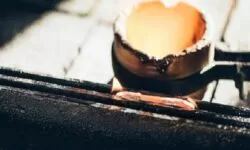
THE CRUCIBLE USES
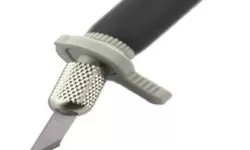
INDUSTRIAL SCALPEL
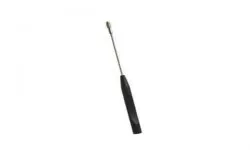
INOCULATING LOOP DEFINITION

WASH BOTTLE: Definition, Use and Capacity

WHAT IS A BEAKER ? Its Definition
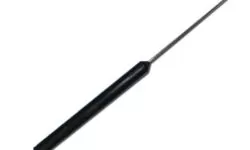
DISSECTING NEEDLE: Prices, Reviews and Offers
Other Topics of Interest in ALPHAPEDIA

FREE DRAWING AND PAINTING COURSE

💚 WHAT IS ELECTRICITY ?

FREE TYPING COURSE

HELA: Goddess of Norse Mythology: Powers and Meaning

FREE BACHELOR IN EDUCATION
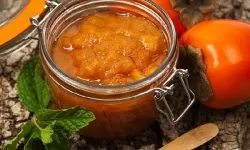
PERSIMMON: Origin, Properties and Benefits
FLASK IMAGE
